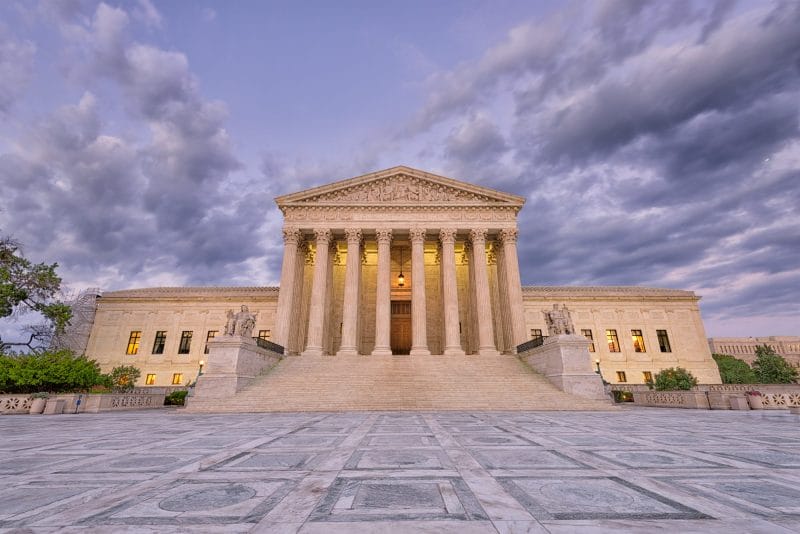 By Phil Riske | Senior Reporter/Writer
By Phil Riske | Senior Reporter/Writer
(Editor’s note: Opinion pieces are published for discussions purposes only.)
With one threat of being fired and another relative to the safety of my family, I was pressured twice to suppress certain facts during my reporting of controversial stories.
In today’s age of political angst and political correctness, we are seeing a continued rise in conflicts over freedom of speech and freedom of the press.
But let’s first note the good news.
Student journalism
Arizona Senate majority leader Kimberly Yee, a student journalist and cartoonist, recalled seeing Greenway High School administrators repeatedly censor her high school’s paper. Twenty-four years later, Governor Ducey last week signed SB1384, which protects student journalists from the heavy editing hand of school bosses.
Sidewalk speech
Attorneys with Alliance Defending Freedom, an Arizona-based organization representing a pro-life student organization, filed suit in federal court last week against a Fresno State University professor who instructed students from his class to join him in defacing and erasing the group’s sidewalk chalk pro-life messages.
“No university professor has the authority to roam the campus, silencing any student speech he happens to find objectionable and recruiting students to participate in this censorship,” said Alliance Defending Freedom (ADF) Legal Counsel Travis Barham. “Like all government officials, professors have an obligation to respect students’ free speech rights. And they should encourage all students to participate in the marketplace of ideas, rather than silencing those with whom they happen to differ.”
Corporate journalism
“Sinclair Requires TV Stations to Air Segments That Tilt to the Right” was the New York Times headline over a story about “must-runs” that arrive every day at television stations owned by the Sinclair Broadcast Group. “Must-runs” are short video segments that are centrally produced by the company. Station managers around the country are directed to work them into the broadcast over a period of 24 or 48 hours.
During the election campaign last year, it sent out a package that suggested in part that voters should not support Hillary Clinton because the Democratic Party was historically pro-slavery, the Times reported.
“It is something that’s very troubling to our members,” said Dave Twedell, a business representative for the union that represents photojournalists at KOMO. “I have not found one of our members who is supportive of our company’s position.”
This writing cites but a few of the many examples of efforts to remain free of the First Amendment.
My question is simple: How on earth do the purveyors of censorship, story loading and fake news think they can thwart the awesome power of Constitutional freedoms granted to speech and press?
And whenever attempts to control the free flow of factual information are made, the key word is RESIST.








